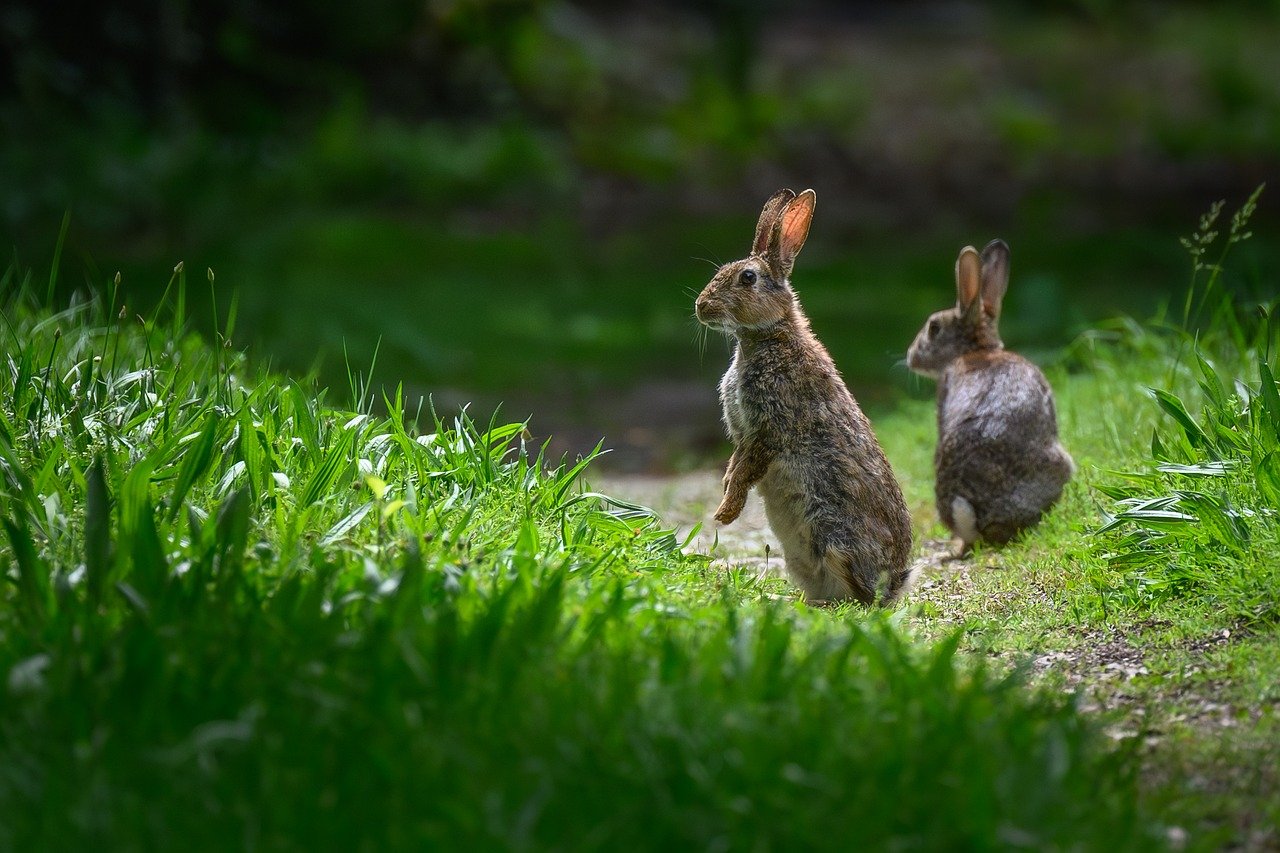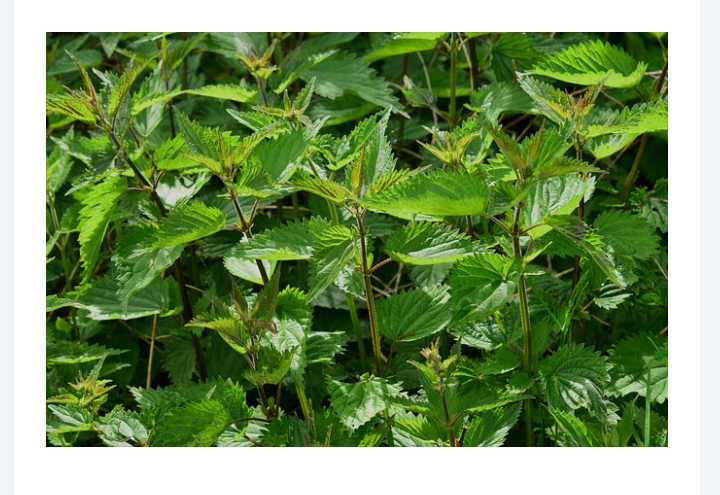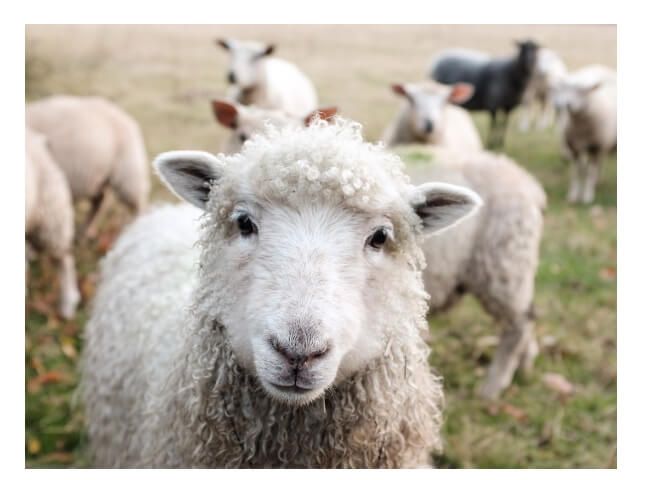Table of Contents
TogglePrimary 5 Agricultural Science Third Term Examination
Time: 1 hour 30 minutes
Section A: Fill-in-the-Gap Questions (50 Questions, Choose the Correct Option)
Topic: Rearing of Farm Animals
-
Rearing of farm animals means __________.
a) Playing with them
b) Taking care of them for food and profit
c) Teaching them how to read
d) Keeping them in the bush -
Examples of farm animals include __________.
a) Dog, lion, snake
b) Chicken, goat, rabbit
c) Dolphin, shark, whale
d) Parrot, eagle, vulture -
The system of rearing animals where they are kept in a confined space and provided food is called __________.
a) Extensive system
b) Intensive system
c) Semi-intensive system
d) Free-range system -
In the extensive system of rearing, animals __________.
a) Are kept in cages all day
b) Move freely in large open fields
c) Sleep inside the house with the farmer
d) Are kept in aquariums -
The semi-intensive system is a combination of __________.
a) Intensive and extensive systems
b) Water and land farming
c) Small and big animals
d) None of the above
Topic: Importance of Animal Rearing
-
One major benefit of rearing farm animals is __________.
a) Producing food like eggs and meat
b) Making friends with animals
c) Taking animals for a walk
d) Allowing animals to live in forests -
Animal manure from farm animals is used to __________.
a) Make perfume
b) Fertilize soil for plant growth
c) Paint houses
d) Bake bread -
One farm animal that provides milk is __________.
a) Dog
b) Cow
c) Lion
d) Snake -
Poultry birds such as chickens are reared mainly for __________.
a) Guarding the house
b) Laying eggs and meat production
c) Flying long distances
d) Singing songs -
Rearing farm animals creates job opportunities for __________.
a) Pilots and astronauts
b) Farmers and veterinarians
c) Footballers and musicians
d) Drivers and dancers
Topic: Common Pests and Parasites of Farm Animals
-
Pests are harmful because they __________.
a) Help animals grow faster
b) Suck blood and spread diseases
c) Play with farm animals
d) Make animals feel happy -
An example of a pest that affects farm animals is __________.
a) Mosquito
b) Butterfly
c) Cockroach
d) Housefly -
Parasites that live inside the body of animals are called __________ parasites.
a) Internal
b) External
c) Friendly
d) Special -
A parasite that lives on the skin of farm animals is __________.
a) Liver fluke
b) Tapeworm
c) Tick
d) Roundworm -
One way to control pests on farm animals is by __________.
a) Bathing them with pesticides
b) Ignoring them
c) Encouraging pests to grow
d) Keeping animals in a dirty environment
Topic: Common Diseases of Farm Animals
-
A disease is __________.
a) When an animal is strong and healthy
b) An abnormal condition that affects an animal’s health
c) A type of food given to animals
d) The process of feeding animals -
One example of a disease that affects farm animals is __________.
a) Sleeping sickness
b) Malaria
c) Chickenpox
d) Yellow fever -
A common symptom of sick animals is __________.
a) Active movement
b) Loss of appetite
c) Singing songs
d) Playing games -
The best way to prevent diseases in farm animals is to __________.
a) Vaccinate them regularly
b) Allow them to roam freely without care
c) Stop feeding them
d) Keep them in dirty places -
Diseases in farm animals can be spread through __________.
a) Proper feeding
b) Contaminated food and water
c) Exercise
d) Fresh air
Topic: Management of Farm Animals
-
The record that shows the type and quantity of food given to animals is called __________.
a) Health record
b) Feeding record
c) Sleeping record
d) Dancing record -
The best way to keep farm animals healthy is by __________.
a) Ignoring them
b) Providing clean food and water
c) Allowing them to eat from the garbage
d) Leaving them to find their own food -
Farm animals should be housed in __________.
a) A dirty environment
b) A clean and well-ventilated shelter
c) Open fields without shade
d) A small, overcrowded space -
A pen is used to house __________.
a) Cows
b) Goats
c) Pigs
d) All of the above -
Vaccination helps farm animals by __________.
a) Protecting them from diseases
b) Making them run faster
c) Teaching them how to sing
d) Helping them lay more eggs
Topic: Systems of Rearing Farm Animals
-
The cheapest system of rearing farm animals is __________.
a) Intensive system
b) Extensive system
c) Semi-intensive system
d) None of the above -
One disadvantage of the intensive system is __________.
a) High cost of feeding
b) Animals roaming freely
c) Less supervision
d) Animals searching for their own food -
The extensive system requires __________.
a) Large land for grazing
b) Small cages
c) Daily bathing of animals
d) Expensive housing -
Animals reared in the semi-intensive system __________.
a) Are allowed to roam sometimes
b) Are never fed
c) Sleep in the farmer’s house
d) Do not grow -
An example of an animal reared under the extensive system is __________.
a) Poultry
b) Cattle
c) Rabbits
d) Guinea pigs
More Questions Covering:
-
Animal Products and By-Products
-
Importance of Rearing Animals
-
Prevention and Treatment of Animal Diseases
-
Animal Hygiene and Farm Sanitation
Primary 5 Agricultural Science Third Term Examination
Time: 1 hour 30 minutes
Section A: Fill-in-the-Gap Questions
Topic: Common Pests and Parasites of Farm Animals (Continued)
Primary 5 Agricultural Science Third Term Examination – Answers and Explanations
Section A: Fill-in-the-Gap Questions – Correct Answers and Explanations
Rearing of Farm Animals
-
Farm animals are reared mainly for (b) Meat, milk, and eggs.
-
Explanation: Animals like cows provide milk, chickens lay eggs, and goats are reared for meat.
-
-
Which of the following is NOT a farm animal? (d) Dog.
-
Explanation: Dogs are pets, while cows, goats, and chickens are farm animals.
-
-
The act of taking care of farm animals is called (c) Animal husbandry.
-
Explanation: Animal husbandry involves feeding, sheltering, and treating animals.
-
-
Which of these animals is commonly reared for its wool? (b) Sheep.
-
Explanation: Sheep provide wool used for making clothes.
-
-
One of the reasons for rearing animals is to get (a) Food and money.
-
Explanation: Farmers sell animals and their products to earn money.
-
-
A farm animal that lays eggs and has feathers is a (c) Chicken.
-
Explanation: Chickens are birds that lay eggs.
-
-
Rabbits are reared mainly for their (b) Meat and fur.
-
Explanation: Rabbits provide meat and soft fur used in clothing.
-
-
The best way to house rabbits is in a (c) Hutch.
-
Explanation: A hutch is a small cage or shelter for rabbits.
-
-
Snails are best reared in a (d) Moist, cool environment.
-
Explanation: Snails need a damp and cool habitat to survive.
-
-
Which of these is an advantage of rearing farm animals? (a) It provides food for humans.
-
Explanation: Farm animals produce food such as meat, eggs, and milk.
Procedures for Rearing Farm Animals
-
The first step in rearing farm animals is (c) Providing food, water, and shelter.
-
Explanation: Animals need a good environment to grow well.
-
To protect farm animals from diseases, they should be (a) Vaccinated.
-
Explanation: Vaccination prevents deadly animal diseases.
-
A goat house is called a (b) Pen.
-
Explanation: A pen is a small enclosure for farm animals like goats and sheep.
-
The process of removing unwanted parts of animals to keep them healthy is called (c) Grooming.
-
Explanation: Grooming includes trimming hooves and cleaning animals.
-
One important tool for feeding farm animals is (a) Feeding trough.
-
Explanation: A feeding trough is a container used to feed animals.
Management of Farm Animals
-
Which of the following is NOT an essential management practice in rearing animals? (c) Letting animals roam freely on the road.
-
Explanation: Animals should be kept in secure enclosures.
-
Farm animals should be given clean water because (a) It keeps them healthy.
-
Explanation: Dirty water causes diseases in animals.
-
One method of keeping farm animals healthy is by (b) Regularly cleaning their pens.
-
Explanation: Clean environments reduce disease spread.
-
A good way to keep animal records is by (c) Writing down feeding and health history.
-
Explanation: Farmers track animals’ health and feeding patterns.
-
One major factor to consider before starting a poultry farm is (b) Availability of food and water.
-
Explanation: Chickens need constant feeding and watering.
Systems of Rearing Farm Animals
-
The system of keeping animals in a large open space to graze is called (a) Extensive system.
-
Explanation: In this system, animals move freely in a large area.
-
Which system of rearing farm animals is most expensive? (b) Intensive system.
-
Explanation: This system requires shelters, feeding, and medicine.
-
The semi-intensive system of rearing animals is a combination of (a) Intensive and extensive systems.
-
Explanation: Animals are kept in shelters but sometimes allowed to graze.
-
Which of the following is an advantage of the intensive system? (c) Animals are protected from predators.
-
Explanation: Animals are kept in a secure environment.
-
Farmers use the extensive system mostly because (b) It costs less money.
-
Explanation: Farmers don’t need to buy food for animals in this system.
Common Pests and Parasites of Farm Animals
-
An insect that sucks the blood of farm animals is (c) Tick.
-
Explanation: Ticks attach to the skin and feed on blood.
-
Which of these is NOT a parasite that affects farm animals? (d) Butterfly.
-
Explanation: Butterflies do not harm farm animals.
-
A major effect of pests on farm animals is (a) Reduced growth and productivity.
-
Explanation: Pests make animals weak and less productive.
-
One way to control pests in farm animals is by (b) Spraying insecticides.
-
Explanation: Insecticides kill harmful insects like ticks and lice.
-
Which of the following is an internal parasite in farm animals? (a) Tapeworm.
-
Explanation: Tapeworms live inside animals and cause diseases.
Section B: Evaluation Questions – Detailed Answers
1. Define rearing of farm animals and give three examples.
Answer:
Rearing of farm animals means taking care of animals by providing food, shelter, and medical care. Examples include:
-
Cattle (for meat and milk)
-
Chickens (for eggs and meat)
-
Goats (for meat and milk)
2. Explain three reasons why farmers rear animals.
Answer:
-
Food Production – Animals provide meat, eggs, and milk.
-
Income Generation – Farmers sell animals for money.
-
Farm Work – Animals like oxen help in plowing fields.
3. List and describe three systems of rearing farm animals.
Answer:
-
Intensive System – Animals are kept in confined spaces and fed by farmers.
-
Extensive System – Animals roam freely and feed on natural pasture.
-
Semi-Intensive System – A mix of both methods where animals have controlled freedom.
4. What are farm animal pests and parasites? Give two examples.
Answer:
-
Pests – Organisms that harm animals (e.g., mosquitoes, lice).
-
Parasites – Live on or inside animals (e.g., ticks, tapeworms).
5. Name two common diseases of farm animals and describe their symptoms.
Answer:
-
Newcastle Disease (Poultry) – Causes twisted necks and difficulty breathing.
-
Foot and Mouth Disease (Cattle, Goats, Sheep) – Causes blisters and difficulty walking.
-
One major sign that an animal has external parasites is __________.
a) Sleeping all day
b) Scratching and itching
c) Drinking more water
d) Eating too much food -
The best way to control internal parasites in farm animals is by __________.
a) Washing their feet every day
b) Giving them deworming medicine regularly
c) Allowing them to eat dirty food
d) Keeping them in crowded areas -
A common disease caused by parasites in farm animals is __________.
a) Foot rot
b) Worm infestation
c) Rabies
d) Flu -
Which of these is not a parasite that affects farm animals?
a) Lice
b) Ticks
c) Grasshopper
d) Fleas -
One way to prevent parasites in farm animals is by __________.
a) Keeping their shelter clean
b) Allowing them to play in the rain
c) Giving them more food
d) Letting them sleep outside
Topic: Common Diseases of Farm Animals (Continued)
-
The disease that affects chickens and makes their necks twist is called __________.
a) Newcastle disease
b) Malaria
c) Swine fever
d) Foot and mouth disease -
A major symptom of Foot and Mouth disease in farm animals is __________.
a) Red spots on the feet and mouth
b) Jumping and running fast
c) Growing longer tails
d) Laying more eggs -
Farm animals get diseases mostly from __________.
a) Dirty water and food
b) Playing with other healthy animals
c) Sleeping in clean environments
d) Eating fresh fruits -
A disease that makes farm animals weak and unable to stand properly is __________.
a) Rinderpest
b) Skin rash
c) Diarrhea
d) Cold -
One way to stop the spread of diseases in farm animals is by __________.
a) Isolating sick animals
b) Mixing all the animals together
c) Leaving the sick animals untreated
d) Not feeding them
Topic: Management of Farm Animals (Continued)
-
Farm animals should be fed with a balanced diet to help them __________.
a) Grow well and stay healthy
b) Sleep all day
c) Learn how to talk
d) Dance around the farm -
The record that keeps track of sick animals and their treatments is called __________.
a) Feeding record
b) Health record
c) Attendance register
d) Sleeping chart -
Which of these is an important farm animal management practice?
a) Proper feeding
b) Leaving animals in the rain
c) Mixing sick animals with healthy ones
d) Allowing animals to find their own food -
Farm animals should be given clean water because __________.
a) It keeps them healthy and prevents diseases
b) It makes them sleep longer
c) It helps them to sing songs
d) It makes them lazy -
The place where pigs are kept is called a __________.
a) Hutch
b) Pen
c) Sty
d) Kennel
Topic: Systems of Rearing Farm Animals (Continued)
-
One disadvantage of the extensive system of rearing farm animals is __________.
a) Animals can be stolen or attacked by predators
b) It requires little land
c) Animals are given the best care
d) It is expensive -
Which of these animals can be reared under the intensive system?
a) Cattle
b) Poultry
c) Sheep
d) Goats -
The system of rearing animals where they are provided with shelter and sometimes allowed to graze outside is called __________.
a) Extensive system
b) Semi-intensive system
c) Intensive system
d) Free-range system -
Which of the following is an advantage of the intensive system?
a) Farmers can monitor animals easily
b) It requires a lot of space
c) Animals walk long distances
d) It has no disadvantages -
The most expensive system of animal rearing is __________.
a) Extensive system
b) Intensive system
c) Semi-intensive system
d) Traditional system
Section B: Evaluation Questions (10 Questions – Theory)
-
Define rearing of farm animals and give three examples of animals that can be reared.
-
Explain three reasons why farmers rear animals.
-
List and describe three systems of rearing farm animals, giving one advantage of each.
-
What are farm animal pests and parasites? Give two examples of each.
-
Mention two diseases of farm animals and describe their symptoms.
-
Suggest three ways of controlling pests and parasites in farm animals.
-
Describe two ways of managing farm animals to keep them healthy.
-
Differentiate between intensive and extensive systems of rearing farm animals.
-
What is a feeding record? Why is it important for farm animals?
-
Explain two ways farmers can prevent the spread of diseases among farm animals.
End of Examination
Related posts:
- Easy Guide to Rearing Chickens, Rabbits & Snails for Beginners
- Systems of Rearing Farm Animals: Intensive, Extensive & Semi-Intensive
- Common Pests & Parasites of Farm Animals – Primary 5 Lesson
- Common Diseases of Farm Animals & Their Prevention
- What Are Weeds? Definition, Common Examples, and Weed Album for Primary 5














